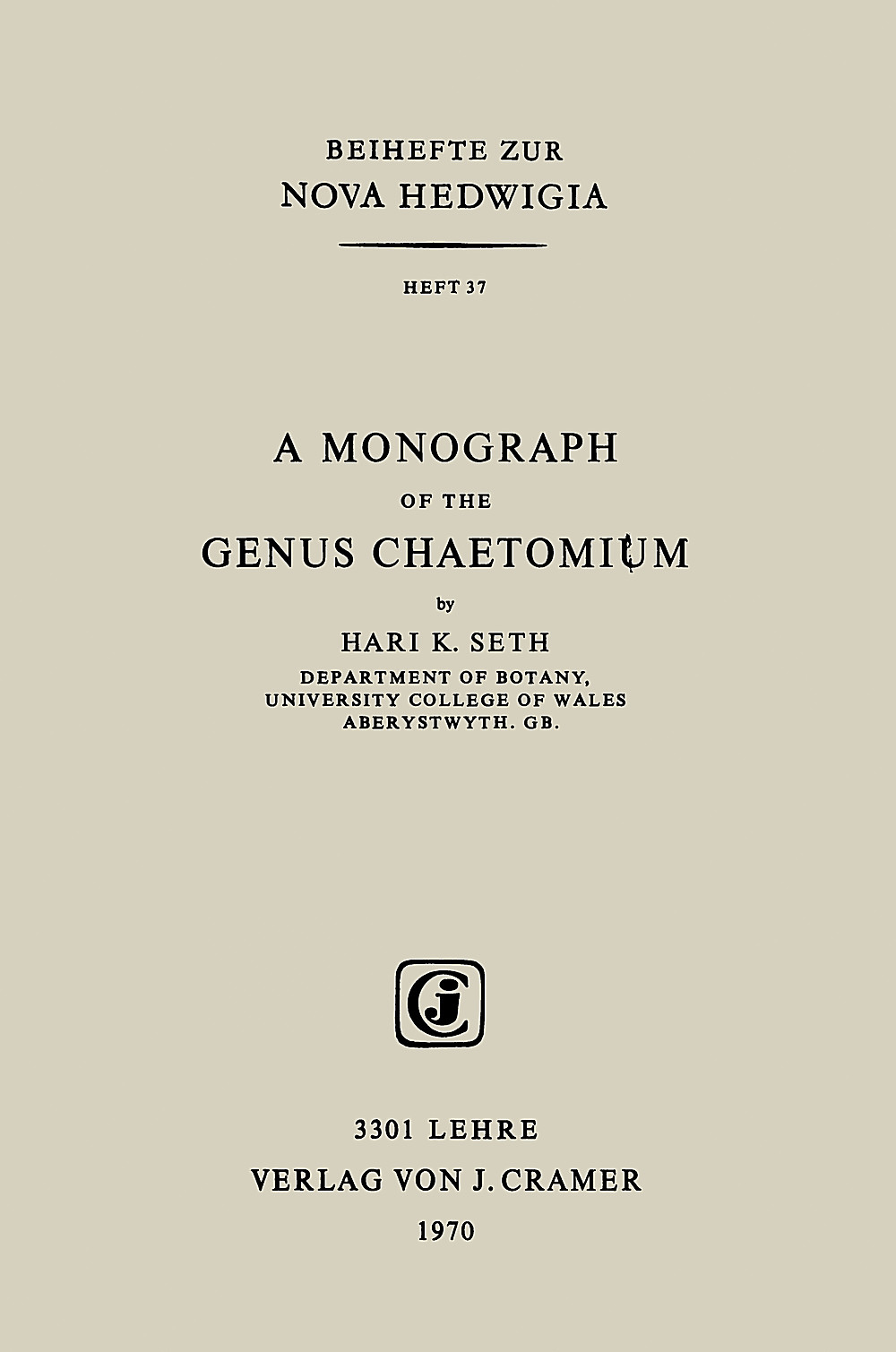Synopsis top ↑
The genus Chaetomium is reported to occur not only as a saprophyte,
destroying everything containing cellulose but also as a parasite on
Pine wood and Potato plants. In the potato, it produces lesions on the
leaf, very similar to those of Alternaria solam'. Because of its
ability to destroy cellulose materials, the attention of authorities
in several countries of the world has been drawn to investigate the
problem in detail. In 1956 the late Dr M. Ames was awarded “Research
and Study Fellowship” by the United States Army to study cellulose
destroying fungi. This resulted in the production of an extensive
monograph on the genus in 1963, adding some 32 new species. This was
followed by yet another comprehensive monograph from Italy by
Mazzucchetti in 1965.
The interest of the author in this genus developed when he was working
in the laboratories of Prof G Chesters at the University of
Nottingham, U, where for the first time he observed Chaetomium species
growing on filter paper, in a moist chamber containing stern pieces of
Urtica dioica. After moving to Toronto to work with Prof. Roy F. Cain,
where after seeing a beautiful collection of Chaetomium species, he
cherished the idea of writing a monograph himself. A final and more
solid move in this direction was made on his return to Cardiff”, U,
where he was helped and encouraged by mycologists from almost every
corner of the world. The help came mainly in the form of loans of
cultures and dried herbarium materials.
In the preparation of this monograph every effort was made to obtain
the cultures and/or dried specimens of all the Chaetomium species
known to this date. The reader will note that the author was not
always fortunate and hence the section “Species not available for
examination”. Keys for the identification of the species, one based on
terminal hair characters and the other based on ascospore characters,
were made fairly early at the start of the study and therefore many
Chaeromium species which were in hand for examination towards the end
and after the acceptance of the manuscript, could not be included. The
keys are not strictly dichotomous — as three to five species are keyed
out together in certain instances. The drawings are not tinted;
instead fairly good quality photographs are provided to give a true
picture of the appearance of species. A comparative account of the
observations made by former workers, with those of the authors own, is
provided to indicate the variations which may have been brought about
by different ecological conditions within the species. Where
necessary, a comparative account of closely related species has also
been given. Charts showing different kinds of ascospores, asci and
terminal hairs along with suitable legends, are also provided to give
one an easy grasp and understanding of the genus and of the
terminology used to describe it.
